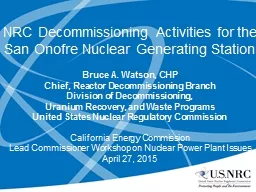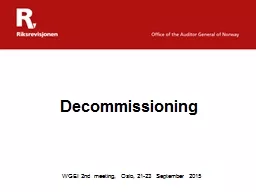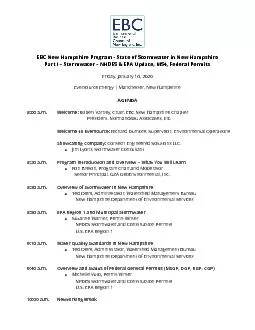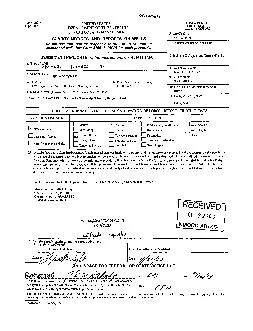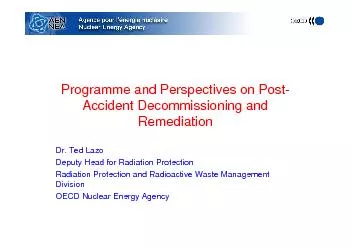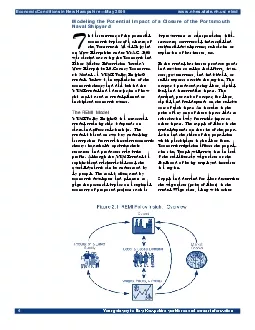PDF-WDDWGB Maintenance of Inactive Wells and Decommissioning of Abandoned Wells New Hampshire
Author : kittie-lecroy | Published Date : 2014-11-15
The responsibility for maintaining an inactive well or decommissioning an abandoned well lies with the well owner State law requires that the decommissioning also
Presentation Embed Code
Download Presentation
Download Presentation The PPT/PDF document "WDDWGB Maintenance of Inactive Wells an..." is the property of its rightful owner. Permission is granted to download and print the materials on this website for personal, non-commercial use only, and to display it on your personal computer provided you do not modify the materials and that you retain all copyright notices contained in the materials. By downloading content from our website, you accept the terms of this agreement.
WDDWGB Maintenance of Inactive Wells and Decommissioning of Abandoned Wells New Hampshire: Transcript
Download Rules Of Document
"WDDWGB Maintenance of Inactive Wells and Decommissioning of Abandoned Wells New Hampshire"The content belongs to its owner. You may download and print it for personal use, without modification, and keep all copyright notices. By downloading, you agree to these terms.
Related Documents



